California has increased the hourly wage for fast food workers to $20, effective from April 1.
This substantial rise from the previous $16 has prompted some franchise owners to reduce the number of working hours available to their employees to manage the increased labor costs.
Franchise Owners Adapt to Wage Changes
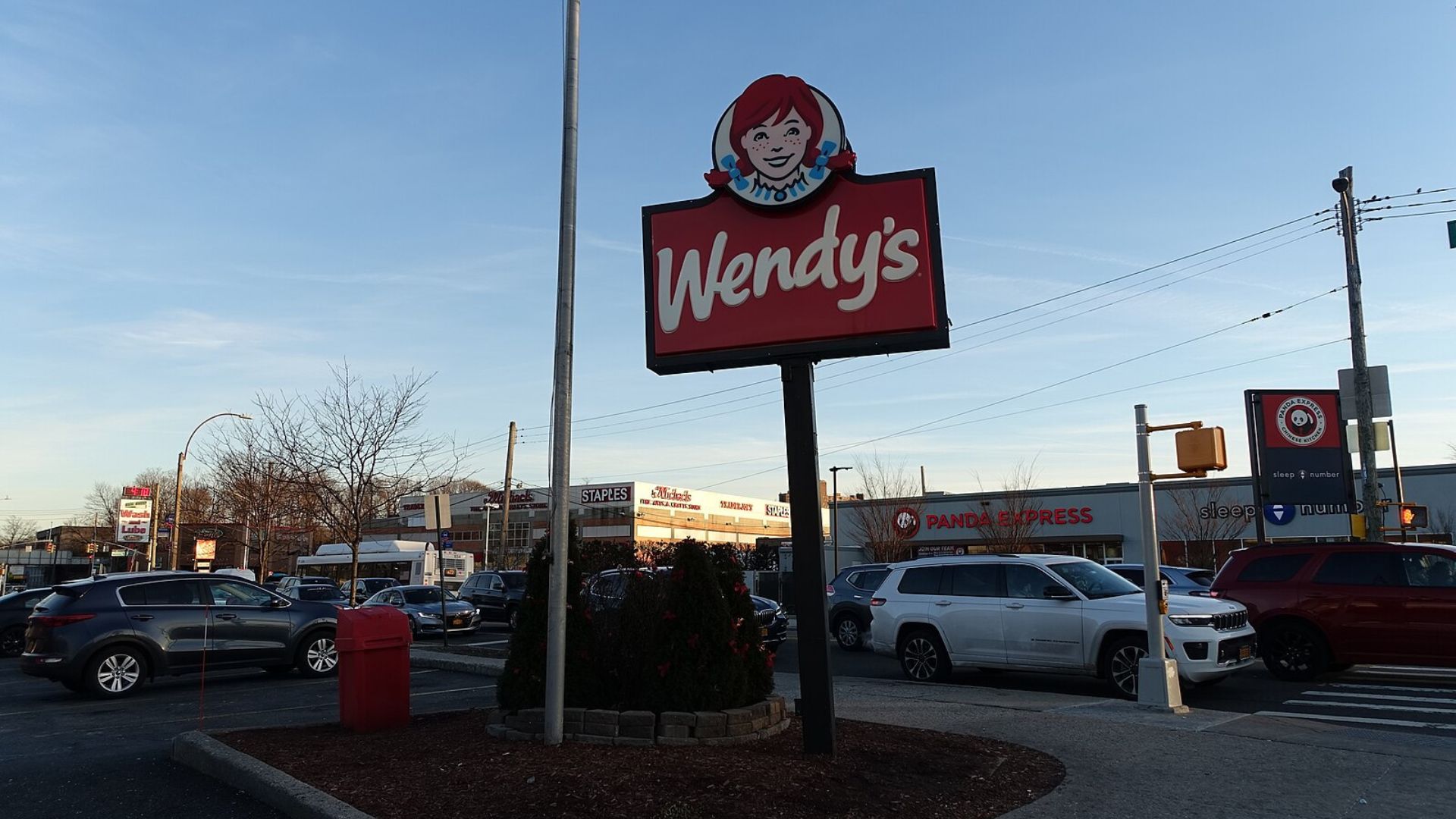
Lawrence Cheng, who owns several Wendy’s locations, now finds himself working alongside his employees, taking orders and preparing food.
This change allows him to cut down on staffing costs by reducing the number of people working each shift. “We kind of just cut where we can,” Cheng said, explaining his new approach to scheduling.
Reduced Staffing at Fountain Valley
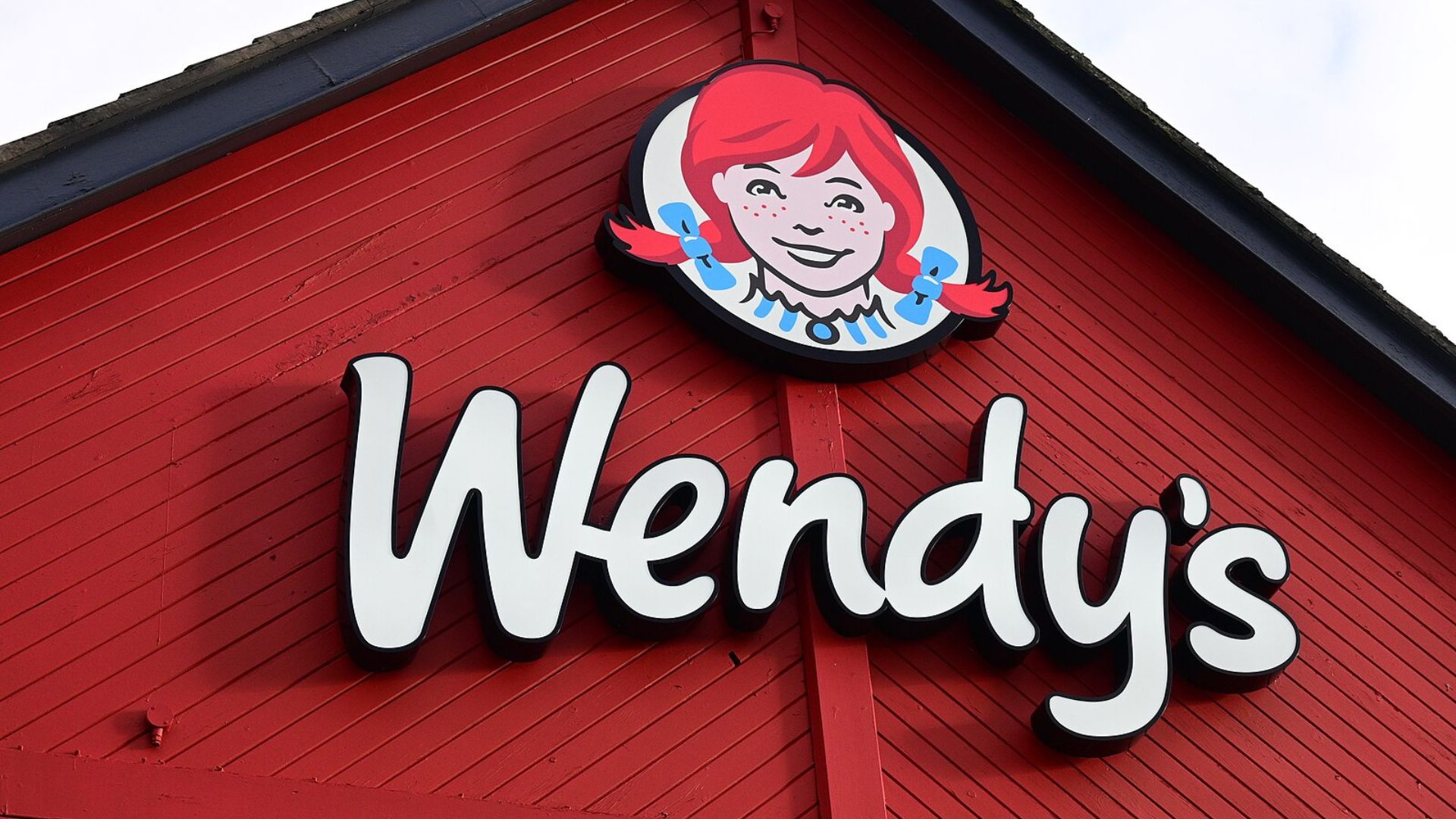
Previously, Cheng employed nearly a dozen workers per afternoon shift at his Fountain Valley location. Since the wage increase, he has reduced this number to seven.
This decision is part of his strategy to absorb the sharp increase in labor costs without significantly impacting service.
Owners Hope for Summer Business Increase
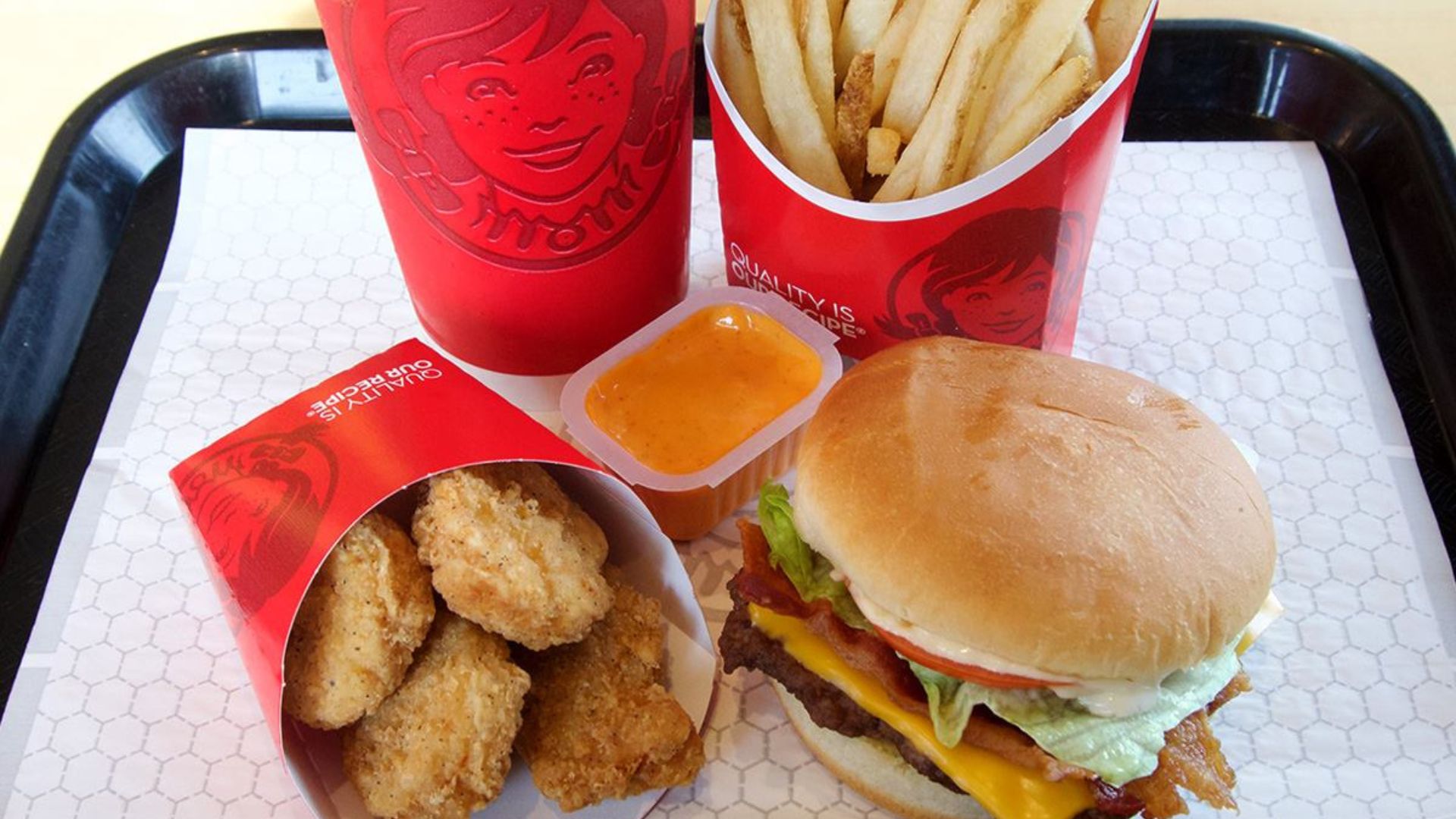
Cheng is optimistic that the summer season will bring increased business, helping to offset the higher wage costs.
The fast food industry often sees a boost during this period as more families eat out and students are on break from school.
Observing the Long-Term Impact of Wage Increases

It is still too early to determine the long-term effects of the wage increase on the fast food industry. However, historical data from similar wage increases in California and New York shows that such changes have not necessarily led to job losses.
A study by the University of California, Berkeley noted continued job growth despite previous wage hikes.
Employment Trends Show Growth
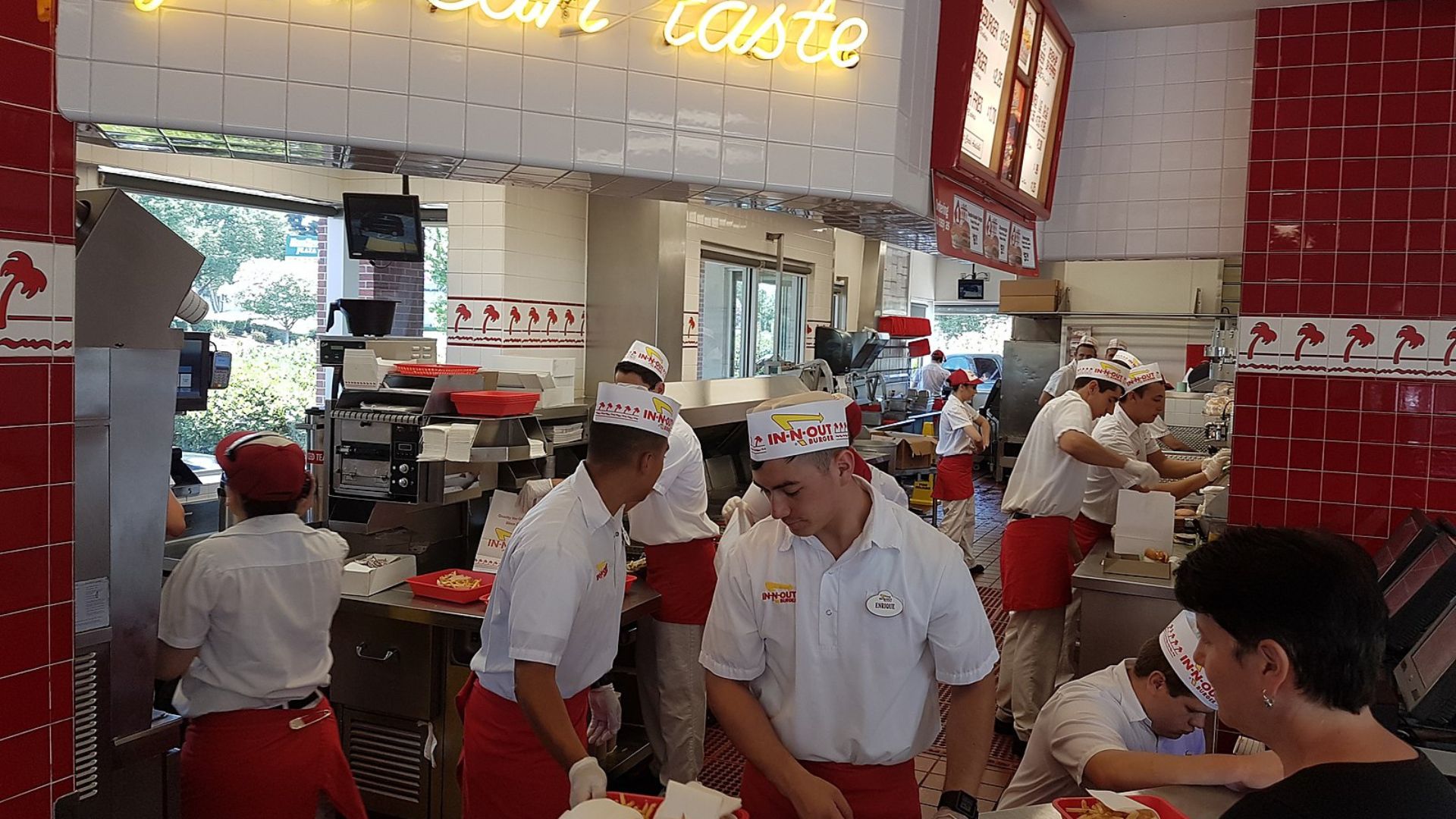
In the first two months following the new wage law, the fast food industry in California added 8,000 jobs, according to data from the U.S. Bureau of Labor Statistics.
This suggests that the industry is adapting well to the higher wages so far.
SEIU Comments on Job Quality and Recruitment

“The higher wage is already attracting better job candidates, thus reducing turnover,” said Joseph Bryant, executive vice president of the Service Employees International Union, which advocated for the wage increase.
This indicates that higher wages may lead to a more stable and qualified workforce.
Impact on Menu Prices and Staffing
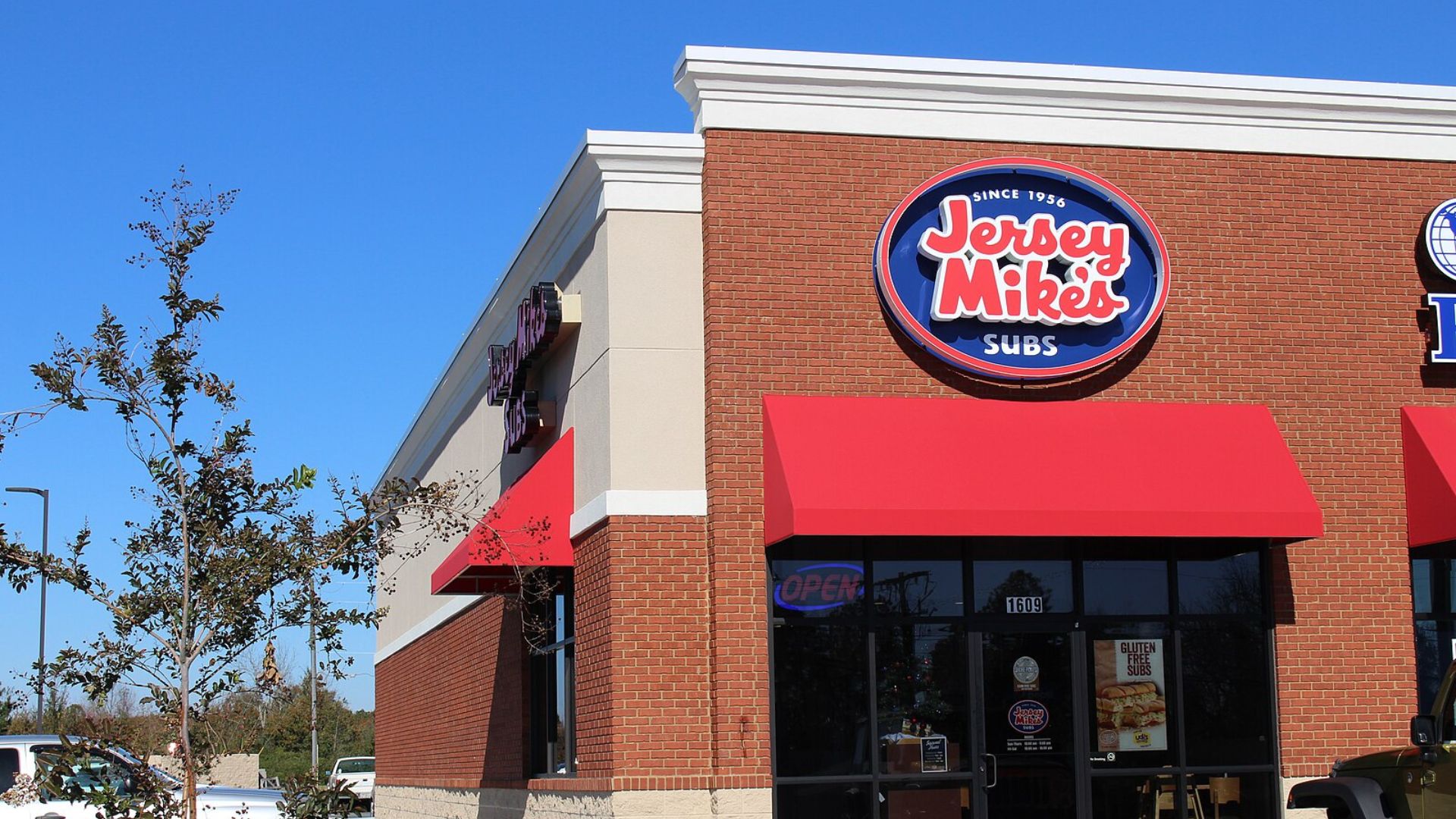
Juancarlos Chacon, who owns several Jersey Mike’s locations, has raised his prices and reduced staffing levels in response to the wage increase.
A turkey sub that used to cost under $10 is now priced at $11.15. He has also reduced his staff from 165 to about 145.
Wage Increases Across the Board
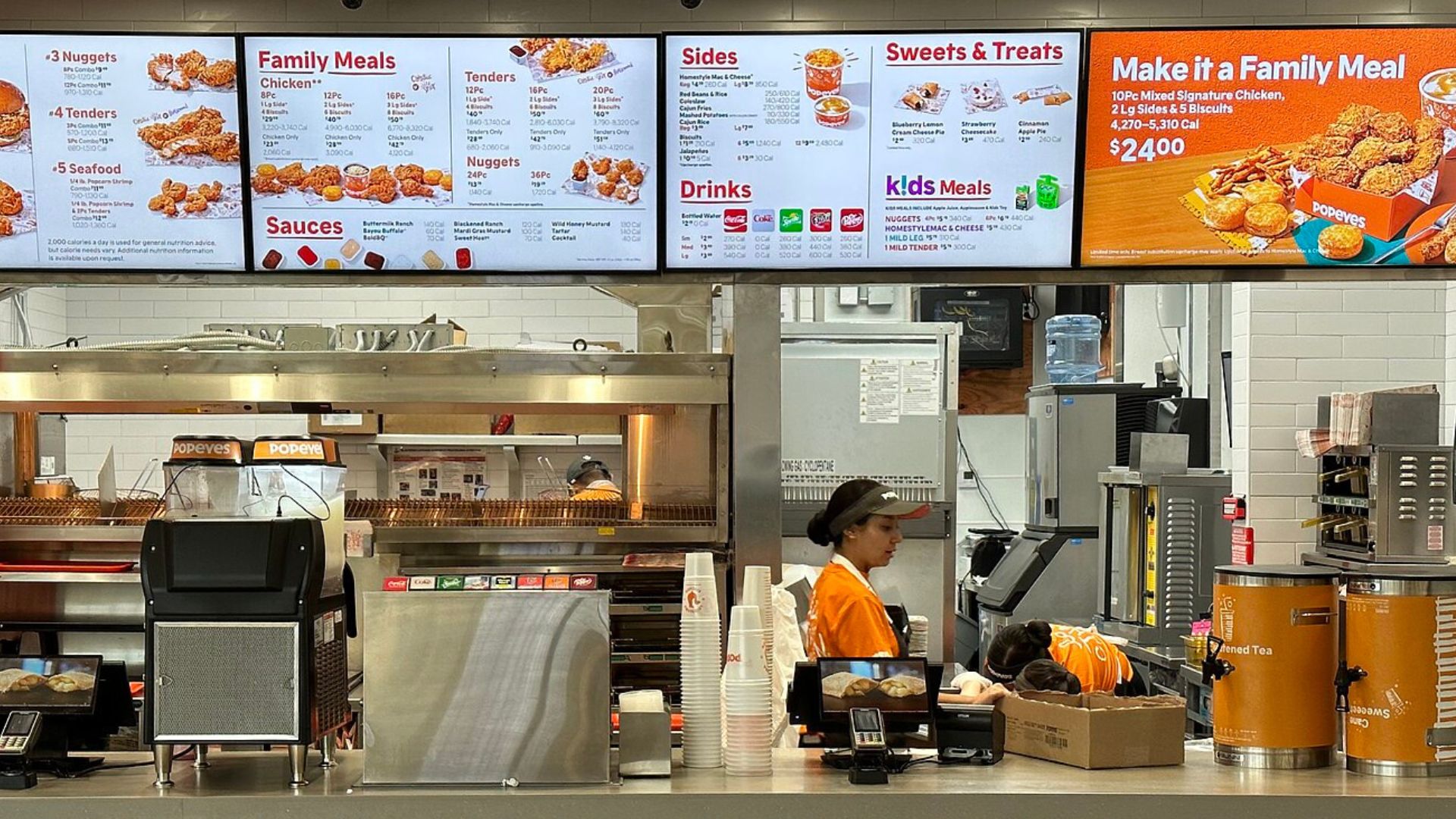
The wage increase has affected not only entry-level workers but also shift leaders and managers. Chacon highlighted that labor costs now constitute about 35% of his expenses.
The comprehensive wage adjustment has necessitated broader financial planning and adjustments.
Consulting Insights on Industry Adaptation

Aaron Allen, a global restaurant consultant, has noted a growing concern among California restaurant operators about the financial impact of the wage increase.
He predicts a split in how different sized chains will cope, with larger corporations potentially turning to automation.
No Layoffs but Other Cost-Cutting Measures

Despite the challenges, Cheng has not laid off any workers. Instead, he has reduced overtime and increased menu prices by about 8% in January in anticipation of the wage increase.
This strategy aims to balance employee retention with financial sustainability.
Broader Economic and Social Impacts
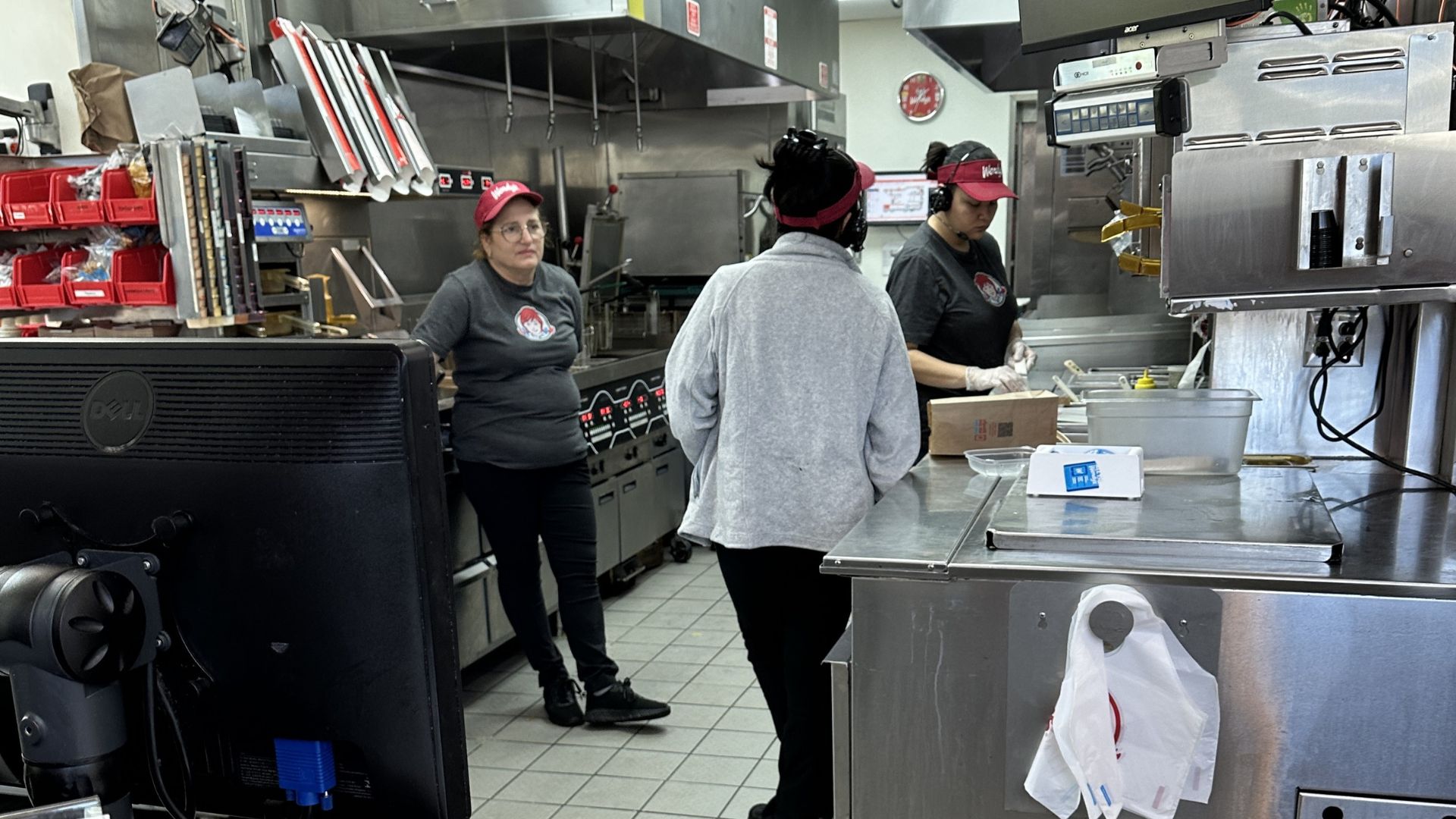
The wage increase is having a variety of effects across the state.
For some workers, like Julieta Garcia, fewer hours mean more time for personal commitments, which she values. “I’m now working five days instead of six…I can spend more time with my 4-year-old son,” Garcia expressed. This highlights the complex trade-offs between higher wages and hours worked.
